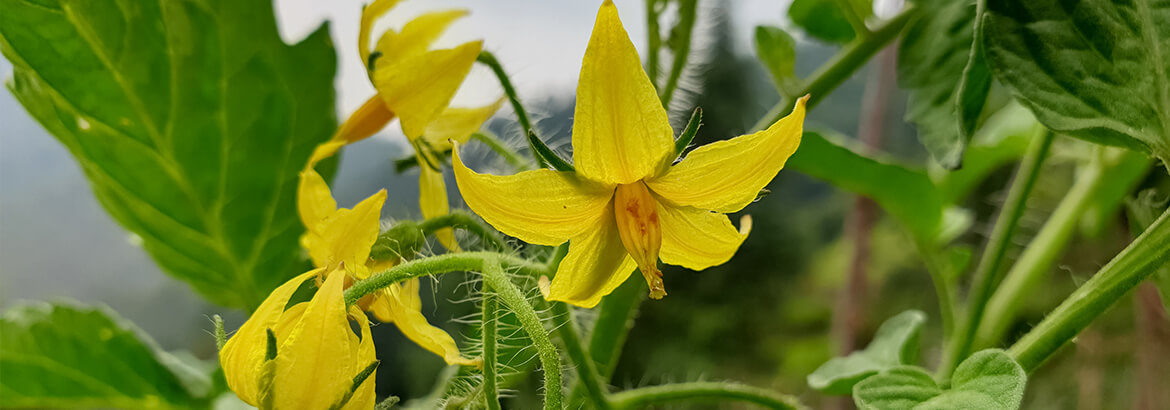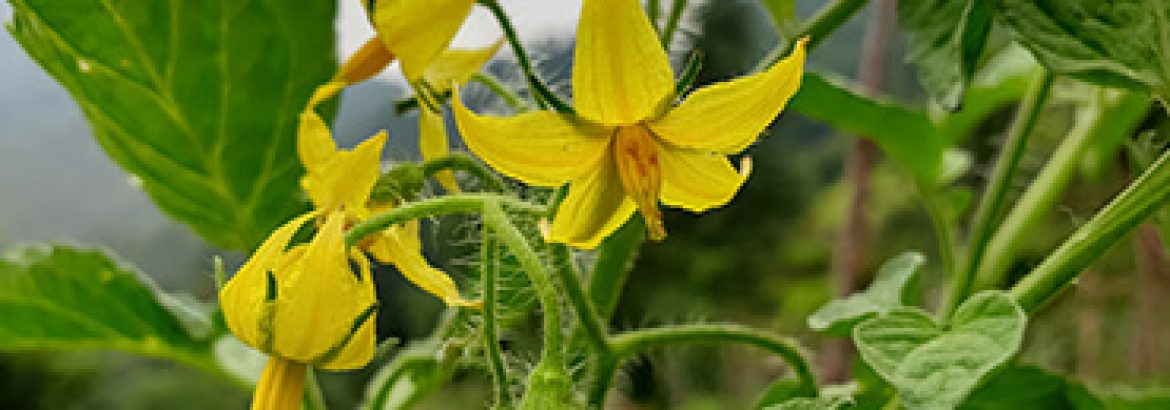Bloom drop, or as it’s sometimes called—blossom drop, is when the bloom or flower of a vine crop (cucumbers, melons, gourds, and tomatoes to name a few) drops off, preventing the plant from producing fruit. Once the flower is pollinated, the plant grows a cucumber or tomato (or whatever type of plant it is) in that location. If the bloom falls off, nothing can grow.
The most frequent cause of this problem is inclement growing conditions (extreme hot or cold temperatures, high winds, or torrential rainfall). Commercial growers work on very set schedules, so when freezing temperatures cause the majority of a crop to experience bloom drop, the entire harvest is delayed until new flowers appear and new fruit has time to mature. This often creates a future supply gap and drives up market prices.




